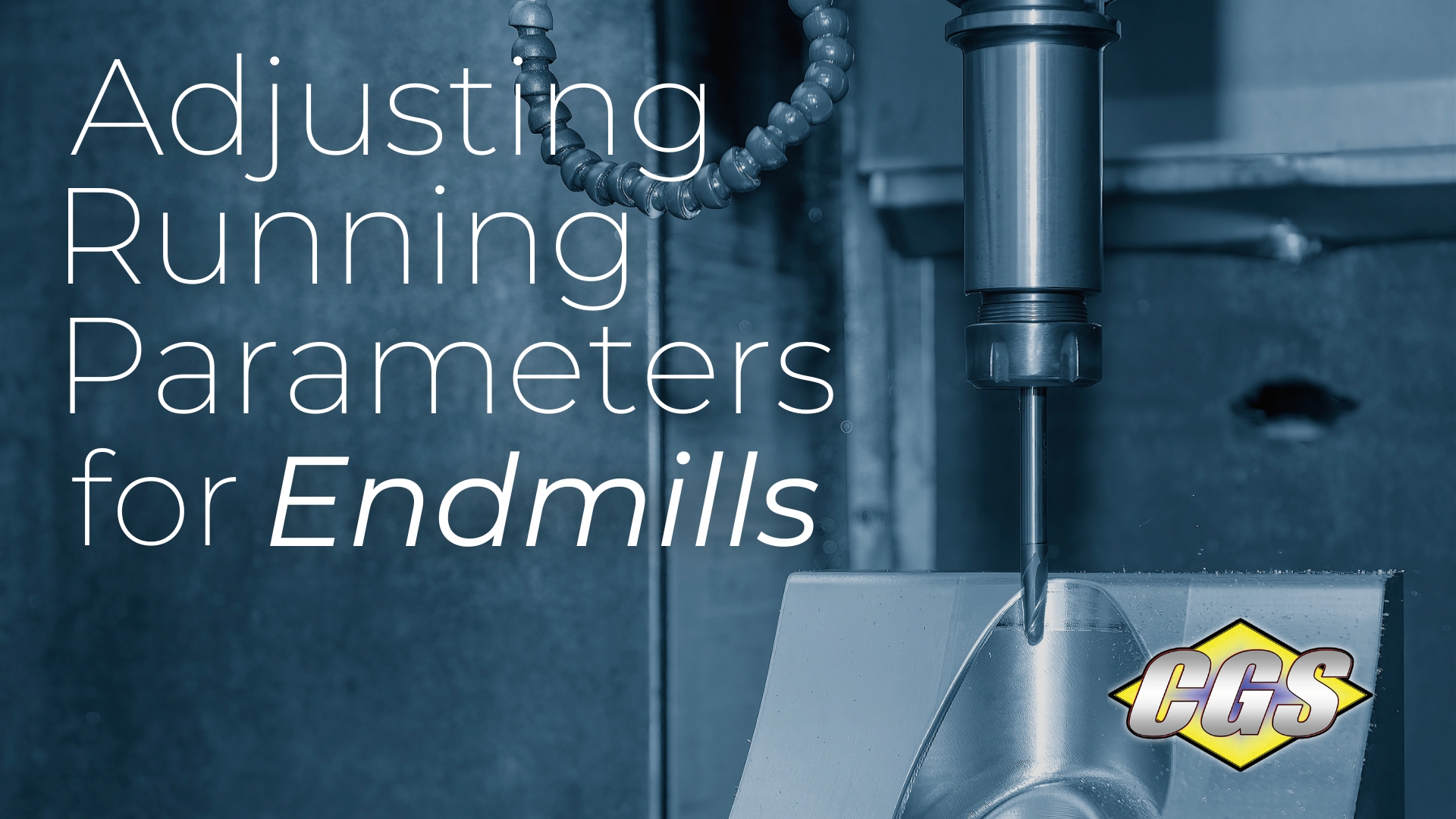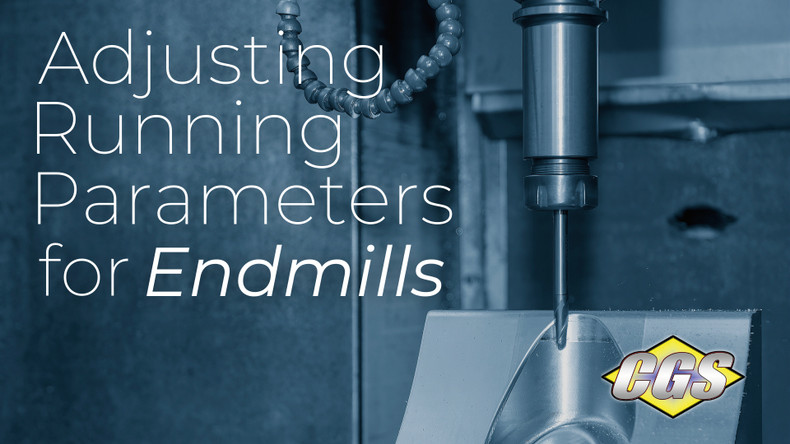Adjusting running parameters for endmills involves finding the right balance between several factors to achieve optimal cutting performance and tool life. Here's a breakdown of the key parameters and how to adjust them:
1. Spindle Speed (RPM) and Cutting Speed (VC):
- Cutting Speed (VC): This refers to the speed at which the outer edge of the end mill cuts the material. It's usually given in feet per minute (FPM) or meters per second (M/S).
- Spindle Speed (RPM): This is the rotational speed of the end mill in revolutions per minute.
There's an indirect relationship between RPM and VC. You can calculate one from the other. Generally, harder materials require lower VC, while softer materials can handle higher VC. Manufacturer recommendations or machining data charts for specific tool-material combinations are a good starting point for VC.
2. Feed Rate (F):
- This refers to the rate at which the workpiece moves against the end mill, typically measured in inches per minute (IPM) or millimeters per minute (MM/s). There are two ways to express feed rate:
- Feed per Tooth (Fz): This is the distance the workpiece moves per flute of the end mill during one revolution. It's a crucial factor for chip control and tool wear.
Adjusting Feed Rate:
- Too Slow: Can cause rubbing, re-cutting of chips, and accelerated tool wear.
- Too Fast: Can lead to excessive chip load, chipping of the tool, and poor surface finish.
3. Depth of Cut (DOC):
- This refers to how deep the end mill plunges into the material per pass. There are two main types of DOC:
- Axial Depth of Cut (Ap): Depth of cut in the direction of the spindle (deeper into the material).
- Radial Depth of Cut (Ae): Also called stepover, this is the amount of material engaged by the side of the end mill on each pass.
Factors to Consider When Adjusting Parameters:
- Material: Different materials require different cutting parameters.
- End Mill Material and Geometry: The type of end mill (e.g., carbide, high-speed steel) and its number of flutes will influence ideal parameters.
- Machine Capability: Your CNC machine's maximum RPM and feed rate will limit your options.
- Desired Finish: A smoother finish might require slower speeds and feed rates.
Tips for Adjusting Parameters:
- Start with conservative settings recommended by the manufacturer or machining data charts.
- Make small adjustments to one parameter at a time while monitoring the cutting process.
- Look for signs like excessive heat, vibrations, poor chip formation, or tool wear to identify incorrect settings.
- Software with "calculator" functions can help you determine appropriate starting points for speeds and feeds based on your inputs.
Remember, finding the optimal parameters often involves a trial-and-error process. It's best to consult manufacturer recommendations, machining data charts, and adjust cautiously to achieve the best results for your specific application.



